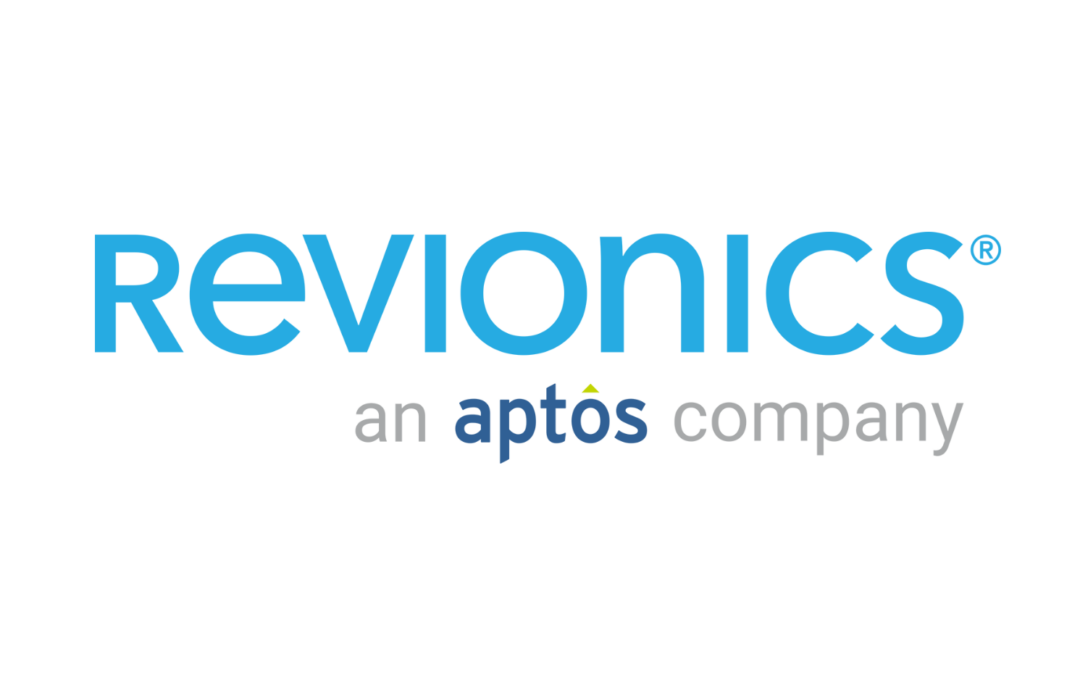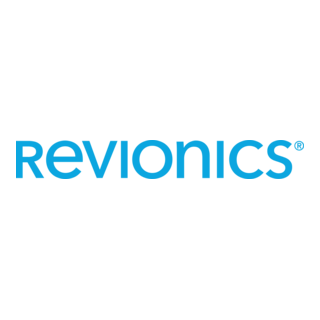
Revionics (Aptos): Complete Buyer's Guide
Lifecycle pricing optimization through AI
Revionics (Aptos) is an enterprise-grade AI dynamic pricing platform that transforms how retailers and B2B organizations optimize pricing across complex product portfolios. Following Aptos' strategic acquisition, Revionics operates as the pricing intelligence engine within a broader retail technology ecosystem, delivering what the company positions as "lifecycle pricing optimization" through machine learning algorithms combined with deep retail domain expertise[113][161].
Market Position & Maturity
Market Standing
Revionics operates within the enterprise segment of the AI dynamic pricing market, positioned as a specialized retail pricing intelligence solution rather than a general-purpose marketing automation platform[113][142].
Company Maturity
The Aptos acquisition provides significant enterprise backing and potential platform integration opportunities, though this transition also creates evaluation complexities for prospective buyers assessing long-term product roadmap stability[113][161].
Growth Trajectory
Market validation comes through documented enterprise deployments including 280+ store implementations at Rimi Baltic and sustained growth at Holiday Stationstores[129][131].
Industry Recognition
Industry recognition remains limited in available documentation, with primary validation coming through customer case studies rather than third-party analyst recognition or industry awards.
Strategic Partnerships
Strategic partnerships center on the Aptos platform integration, potentially providing broader retail technology ecosystem benefits but also creating dependency on Aptos' strategic direction and platform evolution.
Longevity Assessment
The Aptos integration provides enterprise stability and potential platform synergies, but it also means independent market performance metrics become less accessible as Revionics operates within the larger Aptos ecosystem rather than as a standalone vendor[113][161].
Proof of Capabilities
Customer Evidence
Rimi Baltic's 280+ store deployment demonstrates Revionics' capability to handle complex, multi-location retail operations[129][132].
Quantified Outcomes
Rimi Baltic achieved 10% year-over-year revenue growth and exceeded profit targets by 108%, with margin impacts reaching six figures[129][132].
Case Study Analysis
Holiday Stationstores documented 1.25% gross profit increase in their first implementation year, with sustained year-over-year profit growth continuing beyond initial deployment[131].
Market Validation
Customer feedback indicates strong ongoing adoption of data-driven pricing approaches following deployment[129][160].
Competitive Wins
The platform reports basket size improvements versus competitors, though specific comparative methodology remains undocumented[137][141].
Reference Customers
Enterprise customers report receiving strong strategic guidance during market disruptions from Revionics, helping navigate pricing challenges while maintaining competitive positioning[133][164].
AI Technology
Revionics' AI engine centers on proprietary price elasticity modeling that processes shopper behavior patterns, competitive intelligence, and cost variables to generate automated pricing recommendations[113][142].
Architecture
The system architecture operates on Google Cloud infrastructure, providing scalability advantages with reported 56% market share for Google Cloud deployments within the customer base[116][151].
Primary Competitors
The platform operates within the enterprise segment of AI dynamic pricing, competing against both specialized pricing solutions and broader retail technology platforms.
Competitive Advantages
Revionics distinguishes itself through specialized retail lifecycle pricing capabilities (base/promotional/markdown optimization) compared to general-purpose CPQ solutions[123].
Market Positioning
The Aptos integration provides enterprise backing but creates vendor dependency considerations relative to independent solutions.
Win/Loss Scenarios
Revionics excels against competitors when organizations prioritize sophisticated retail pricing optimization over general-purpose functionality, have mature data infrastructure supporting complex implementations, and require enterprise-scale deployment across multiple locations[129][160].
Key Features

Pros & Cons
Use Cases
Integrations
Featured In Articles
Comprehensive analysis of AI Dynamic Pricing for AI Marketing & Advertising for AI Marketing & Advertising professionals. Expert evaluation of features, pricing, and implementation.
How We Researched This Guide
About This Guide: This comprehensive analysis is based on extensive competitive intelligence and real-world implementation data from leading AI vendors. StayModern updates this guide quarterly to reflect market developments and vendor performance changes.
202+ verified sources per analysis including official documentation, customer reviews, analyst reports, and industry publications.
- • Vendor documentation & whitepapers
- • Customer testimonials & case studies
- • Third-party analyst assessments
- • Industry benchmarking reports
Standardized assessment framework across 8 key dimensions for objective comparison.
- • Technology capabilities & architecture
- • Market position & customer evidence
- • Implementation experience & support
- • Pricing value & competitive position
Research is refreshed every 90 days to capture market changes and new vendor capabilities.
- • New product releases & features
- • Market positioning changes
- • Customer feedback integration
- • Competitive landscape shifts
Every claim is source-linked with direct citations to original materials for verification.
- • Clickable citation links
- • Original source attribution
- • Date stamps for currency
- • Quality score validation
Analysis follows systematic research protocols with consistent evaluation frameworks.
- • Standardized assessment criteria
- • Multi-source verification process
- • Consistent evaluation methodology
- • Quality assurance protocols
Buyer-focused analysis with transparent methodology and factual accuracy commitment.
- • Objective comparative analysis
- • Transparent research methodology
- • Factual accuracy commitment
- • Continuous quality improvement
Quality Commitment: If you find any inaccuracies in our analysis on this page, please contact us at research@staymodern.ai. We're committed to maintaining the highest standards of research integrity and will investigate and correct any issues promptly.